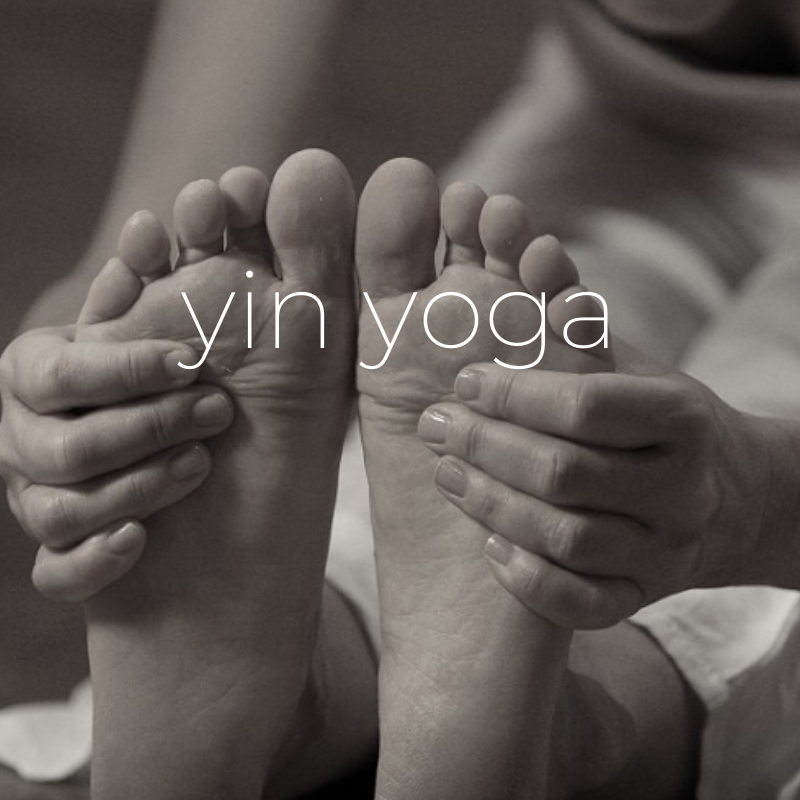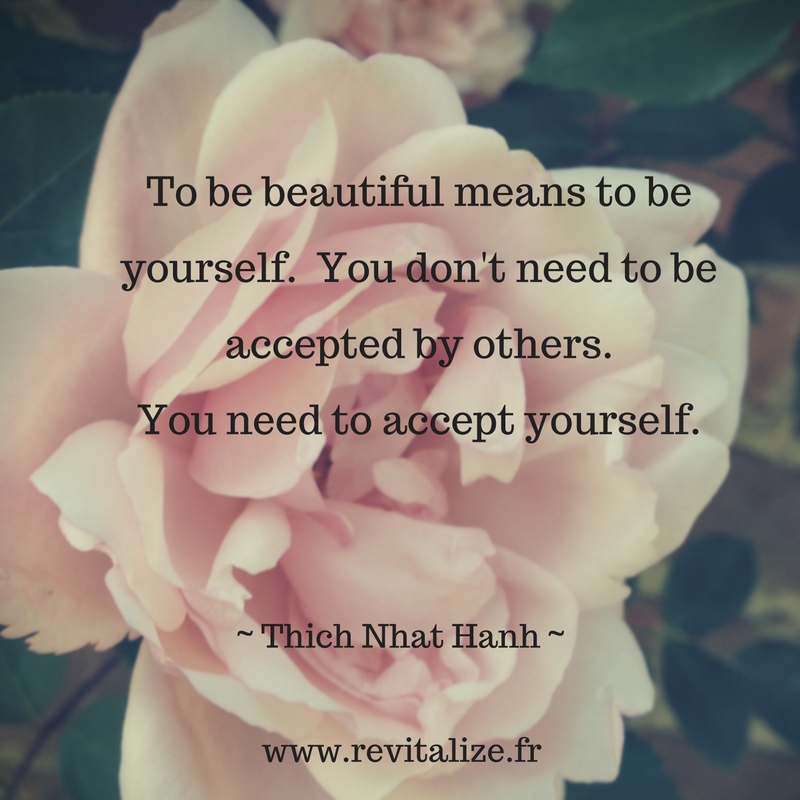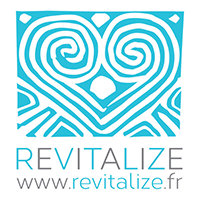Yin Yoga

What is Yin Yoga?
We’ve all heard of the Yin and Yang but what does this really mean? Yin and Yang come from the Taoist philosophy of Lao Tzu and his contemporaries, where everything is in coexistence with each other such as hot only existing because of cold, happiness because of sadness, day because of night and so on. Yin and Yang have associated qualities of energy, Yang being that of striving and exertion and Yin being that of release and surrender.
In Yin Yoga the focus of the practice is on yin energy – release, rather than striving (yang energy). In other words we release the muscles (yang body tissue) which allows us to then access the connective tissues where tension, emotion and energy can be held or become stagnated. Unlike Restorative yoga where the body is completely supported, Yin Yoga can create some fairly strong sensations within the body tissues.
In a Hatha practice we use a balance of applied effort and applied ease, however in Yin yoga it’s all about allowing the body to guide you into the posture, rather than forcing or striving. We let go of any sense of ‘holding’ allowing the muscles to release around the bones as our body moves towards our ‘edge’. The postures, which may be familiar in your Hatha practice, go by different names in a Yin practice so that we can move away from preconceived associations and open ourselves to a different approach to the shapes.
In Yin yoga we specifically target the middle third of the body, the pelvic region which houses not only the parasympathetic nervous system (rest and repair) but also the muscles that are activated during a stress response to an outside stimulus (fight or flight). In the lower spine and pelvic region there are multiple layers of connective tissue to work through and it is here that stress and emotions get stored into the very tissues of the body.
On a physical level, we start to access the deep tissues as we begin to explore and use the full range of motion of our joints. The poses are mostly done seated or lying on the mat, using only gravity to assist in the process of release and some props where necessary to maintain the posture.

On an energetic level, as we explore the range of motion of the hip joints we start to access the subtle energy system of the body – both the chakras and the meridians. In Chinese medicine Chi or energy travels along meridians or pathways, and there are 14 main meridians in the body. (Read more here). Our Yin practice focuses most strongly on 6 of these: 3 yang and 3 yin which travel through the pelvic region. Each of the meridians relates to different organs and each has it’s own emotional associations (eg the liver meridian – yin energy – relates to anger/happiness). By practicing different postures we take the hips through 6 different types of movement which help the energy flow of the meridians through this part of the body.
This quiet, meditative and introspective practice can produce some quite profound forms of release within the body not only physically but also emotionally and energetically as we start to let go of our self-created stories of how we think we should be, and move slowly towards a place of self-acceptance.
Subscribe to Newsletter
Sign Up for our weekly newsletter to get the latest news, update and amazing offers delivered directly in your inbox.
